Terezín, a former military fortress tucked away in the Czech Republic, hides a dark past. Once a thriving cultural hub, the town was transformed into a Jewish ghetto and transit camp by the Nazis during World War II. Though its inmates endured unimaginable horrors, they cultivated a vibrant artistic life, creating a facade of normalcy that deceived the world during a Red Cross inspection in 1944. Today, visitors can explore the remnants of this tragic history, unearthing the stories of those who perished and those who fought to preserve their humanity in the face of unspeakable cruelty.
Key Points
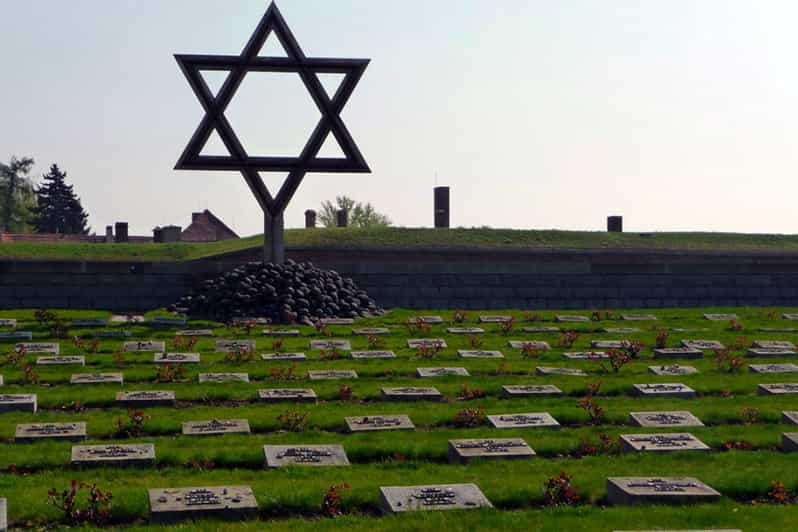
- Terezín was a concentration camp established by the Nazis during World War II, primarily holding Jewish prisoners.
- Over 33,000 individuals, primarily Jews, perished at Terezín, with an additional 88,000 sent to other death camps.
- Despite the horrors, Terezín’s prisoners organized a vibrant cultural life, creating art, music, and literature.
- The Nazis staged a deception campaign before a Red Cross inspection, creating an illusion of normalcy and prosperity in Terezín.
- Terezín’s history and the stories of its prisoners serve as a poignant reminder of the atrocities committed during the Holocaust.
Overview of Terezín Tour
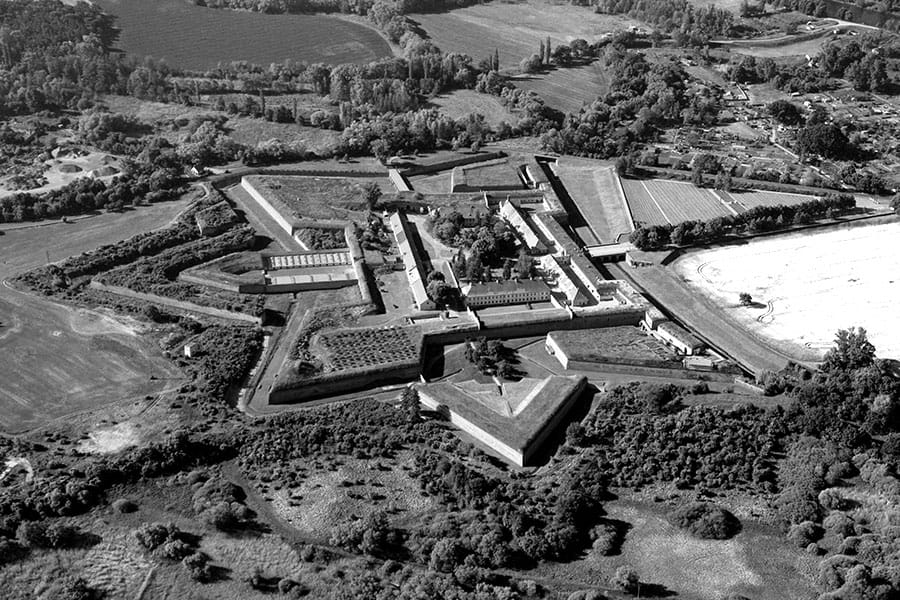
The Terezín tour offers visitors a six-hour excursion from Prague to explore this WWII Nazi concentration camp.
Priced from $720 for up to 7 participants, the tour includes free cancellation and a reserve now, pay later option.
Pickup from your hotel or private address in Prague is provided.
Over the course of the tour, you’ll visit the Terezín fortress, ghetto museum, and other key sites, learning about the Nazi occupation of Czechoslovakia and the experiences of Jewish inmates.
The tour is led by an expert guide who provides historical context and sensitivity to the emotional nature of the subject matter.
You can also read our reviews of more tours and experiences in Prague.
Tour Itinerary and Highlights
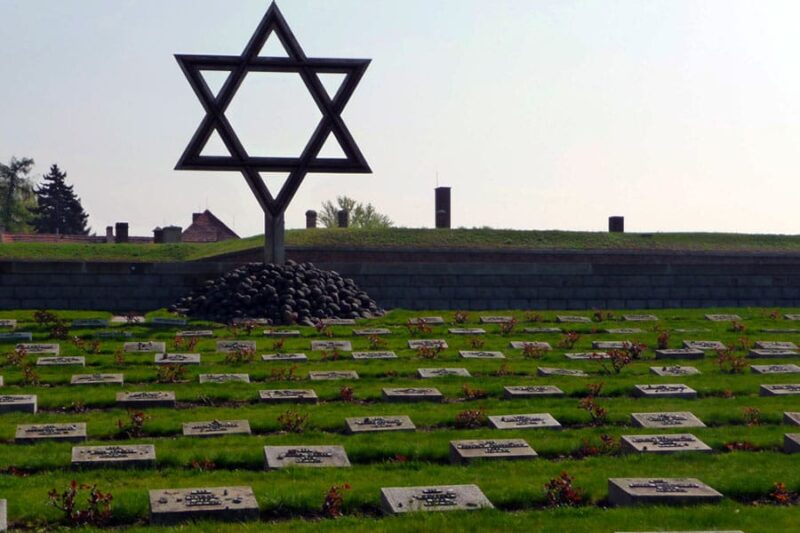
A 6-hour Terezín tour from Prague takes visitors on an immersive journey through this WWII Nazi concentration camp.
The itinerary includes stops at key sites like the Terezín fortress, ghetto museum, Magdeburg barracks, crematorium, and a replica of an attic room.
Visitors learn about the Nazi occupation of Czechoslovakia, the erosion of Jewish rights, and Terezín’s role as a propaganda tool.
The tour provides insight into the camp’s cultural activities, secret religious services, and the facade presented during the Red Cross inspection in 1944.
With an expert guide providing historical context and sensitivity, the tour offers a poignant understanding of the Holocaust’s impact on Terezín’s over 33,000 victims.
- Immersive exploration of Terezín concentration camp
- In-depth look at the Nazi occupation and Jewish persecution
- Insight into Terezín’s cultural activities and propaganda efforts
- Sensitive guidance to honor the memory of over 33,000 victims
Historical Context
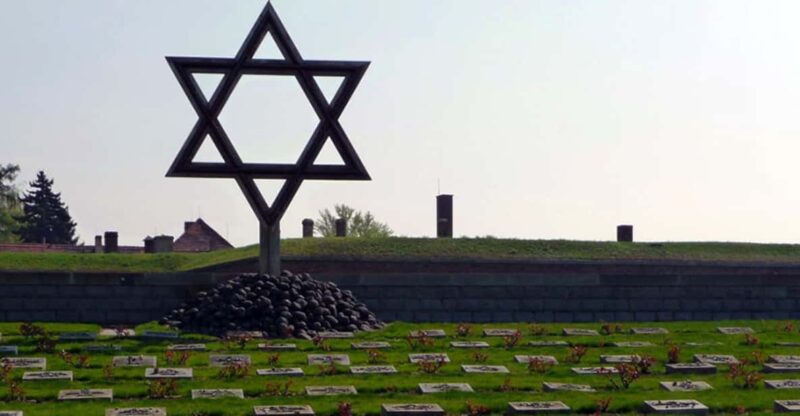
More than 33,000 people, primarily Jews, perished at Terezín during World War II.
An additional 88,000 individuals were sent from Terezín to Auschwitz and Mauthausen.
The camp’s Jewish inmates organized health care, social welfare, cultural activities, and secret religious services, despite the horrendous conditions.
Terezín also served as a Nazi propaganda tool, as the Nazis attempted to cover up the true nature of the camp during a Red Cross inspection in June 1944.
This included the opening of cafés and schools, which were intended to create the illusion of a thriving Jewish community.
Guided Experience
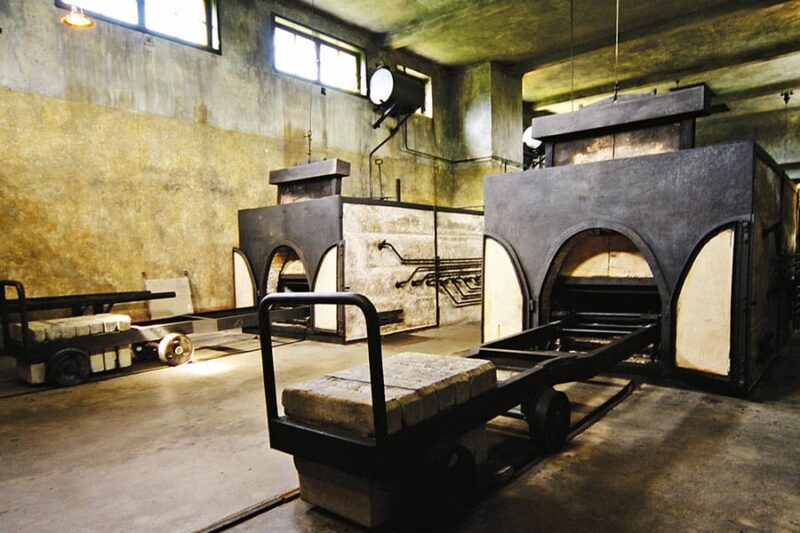
Expert guides fluent in English lead the tour of Terezín, providing detailed historical context and sensitivity to visitors’ emotions.
The guided experience offers in-depth insight into the Nazis’ facade during the Red Cross inspection in June 1944, including the opening of cafés and schools for propaganda purposes.
The tour provides an understanding of:
- Terezín’s role in the Holocaust and its use as a propaganda tool
- The erosion of Jewish rights under Nazi occupation of Czechoslovakia
- Exhibits of art, music, and writing created by artists facing death
- The organization of health care, social welfare, cultural activities, and secret religious services by the camp’s Jewish inmates.
Important Information
Visitors should check availability for tour starting times. The Terezin tour isn’t available on certain dates, as the site is closed from December 24th through December 26th and on January 1st.
This is an important consideration when planning a visit. The tour covers a significant historical site, and it’s crucial to ensure the timing aligns with the visitor’s schedule.
Nazi Occupation and Jewish Rights
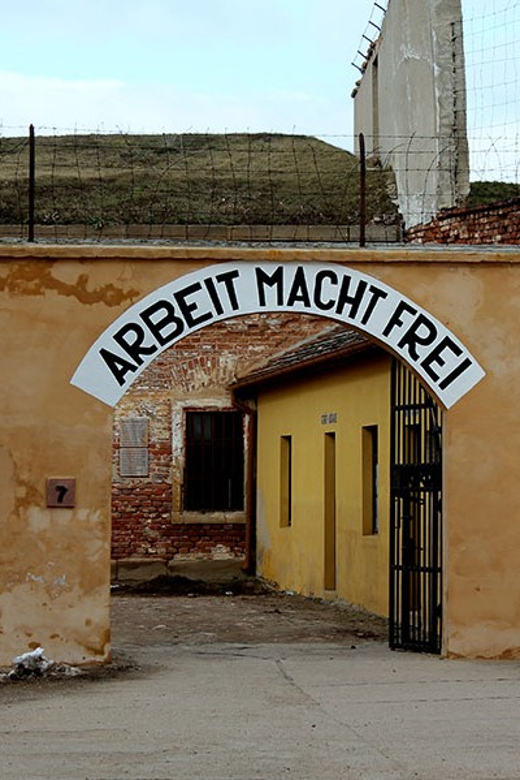
During the Nazi occupation of Czechoslovakia, the rights of Jewish citizens eroded rapidly.
The Nazis implemented discriminatory laws that stripped Jews of their citizenship, banned them from public offices, and forced them to wear the yellow Star of David.
Jews were systematically excluded from schools, universities, and cultural institutions. Their businesses were vandalized, seized, or destroyed.
Many Jews were forcibly relocated to ghettos and concentration camps, including Terezin. This erosion of rights paved the way for the systematic persecution and genocide of the Jewish people during the Holocaust.
- The Nazis implemented discriminatory laws targeting Jews
- Jews were excluded from public life and institutions
- Jewish businesses were targeted and seized
- Relocation to ghettos and camps like Terezin followed
Art, Music, and Writing at Terezín
Despite the horrors of Terezín, the camp’s Jewish inmates managed to carve out a vibrant cultural life.
Amidst their struggle for survival, they organized secret art classes, musical performances, and literary circles. Artists created poignant works depicting the realities of life in the ghetto, while musicians staged clandestine concerts to lift spirits.
Writers chronicled the daily hardships and documented the community’s resilience. Though destined for deportation, these cultural activities provided a brief respite and sense of humanity for the inmates.
Tragically, many of these artists perished, but their legacies live on as symbols of the human spirit triumphing over adversity.
Propaganda and Red Cross Inspection
Motivated by a desire to conceal the atrocities committed at Terezín, the Nazis orchestrated an elaborate deception prior to a Red Cross inspection in June 1944.
In preparation, the Nazis:
- Opened cafés, schools, and cultural institutions to create an illusion of normalcy
- Relocated healthy prisoners to temporary "rest camps" and concealed the sick and dying
- Forced inmates to clean and repair the ghetto, painting facades to appear prosperous
- Staged elaborate performances and exhibitions to showcase the camp’s vibrant cultural life
This propaganda campaign aimed to convince the Red Cross that Terezín was a thriving community, hiding the suffering and death that defined daily life for its Jewish prisoners.
Frequently Asked Questions
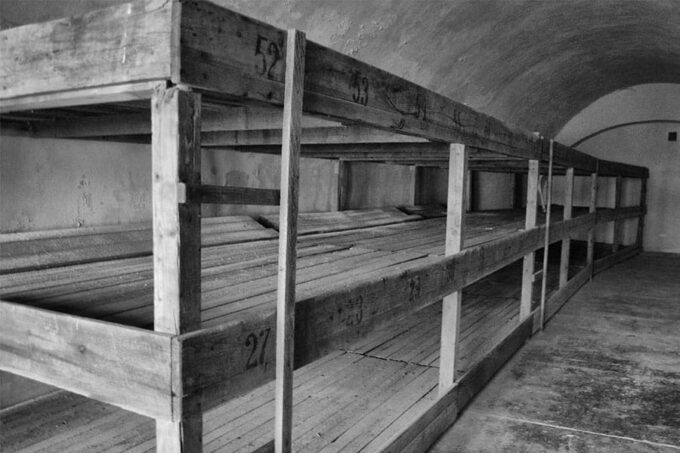
What Languages Are Guides Fluent in Besides English?
The tour guides are fluent in English, but the website does not specify any other languages they may speak. However, they likely accommodate multiple languages to cater to the diverse international visitors who participate in the Terezin tour from Prague.
Are Group Tours or Private Tours Available?
The tour offers group tours, with up to 7 participants per group. Private tours are not explicitly mentioned in the overview, suggesting they are not available for this specific tour.
Can the Tour Be Customized to Visitor Interests?
The tour can be customized to visitor interests, as the expert guide provides detailed historical context and is sensitive to the emotions of participants. Visitors have the flexibility to explore the key sites at their own pace.
Are Audio Guides or Brochures Available in Other Languages?
The tour provides audio guides and brochures in several languages, including English, German, French, and Spanish, allowing visitors to enjoy the historical context at their own pace and comfort level.
Are There Any Age Restrictions or Requirements for the Tour?
The tour does not have any age restrictions or requirements. Children of all ages are welcome to join the tour, which is designed to be accessible and informative for visitors of all ages.
Recap
Terezín stands as a somber reminder of the Holocaust’s atrocities. Though inmates endured unimaginable horrors, they found solace in cultivating a vibrant cultural life that served as a façade during a deceptive Red Cross inspection. Today, the site offers a poignant and informative tour, educating visitors about this devastating chapter in history and the resilience of the human spirit even in the face of such immense suffering.
You can check if your dates are available here:More Tour Reviews in Prague
Not for you? Here's more things to do in Prague we have recnetly reviewed
- 7 Best Canoe And Kayak Experiences In Prague
- 16 Best Christmas Experiences In Prague
- 25 Best Cruises And Boat Tours In Prague
- 25 Best Dining Experiences In Prague
- 25 Best Food Tours In Prague
- 16 Best Full-Day Tours In Prague
- 4 Best 2 Day Tours In Prague
- 2 Best Coffee Tours And Tastings In Prague
- 15 Best Massage And Relaxation Services In Prague
- 20 Best Photography Experiences In Prague
- 13 Best Craft Beer Tours And Tastings In Prague
- 25 Best Dinner Tours In Prague
